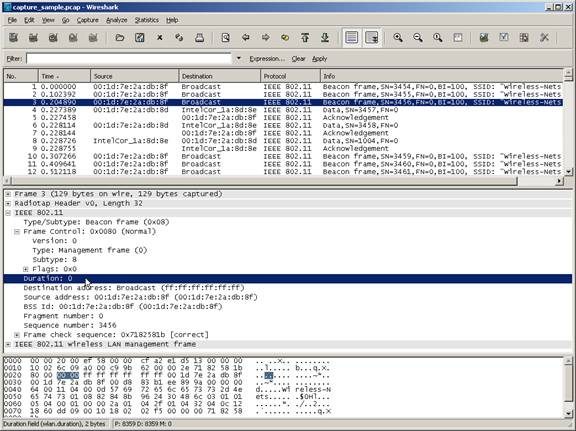
In this case, testing will need to be done multiple times, while getting progressively closer to the layer 3 devices. However, in the case where packet loss is occurring at the first hop and must pass through a wireless access point and switch to get there, additional testing is required to isolate the problem. Tracert only provides information for layer 3 devices in the path, such as routers.

Output for the above scenario would appear similar to:ĭetermining Where Packet Loss i s Occurring in a Wireless / Switched Network It is recommended to test from multiple clients at different locations in the network to help rule out specific client issues and develop commonality between clients experiencing the problem.Īs a more robust test, the tool MTR can be used to perform a continuous series of traces and present a % of loss at each hop in the path to more clearly identify where the loss is occurring. This indicates there may be an issue with the ISP gateway or the link(s) between the client gateway and ISP gateway. In this next screen shot, packet loss is regularly encountered beginning with hop 2. The only device to not respond (hop 11) is likely configured to do so, as there is no packet loss after it. This screenshot illustrates a tracert clear of packet loss. If packet loss is frequently encountered after a particular hop, the issue is most likely with that device or between it and the previous hop. The test may need to be completed multiple times to identify where loss is occurring. Wait for the trace to complete press CTRL/CMD+C if multiple lines ending with "Request timed out" are encountered.Ī lack of response will be represented by an asterisk (*), potentially indicating packet loss or that the device is configured to not respond.

Substitute 8.8.8.8 with whatever address must be tested to.

This will perform a trace route to 8.8.8.8 and present each hop as an IP address.

Determining Where Packet Loss Is Occurring o ver Routed Links


 0 kommentar(er)
0 kommentar(er)
